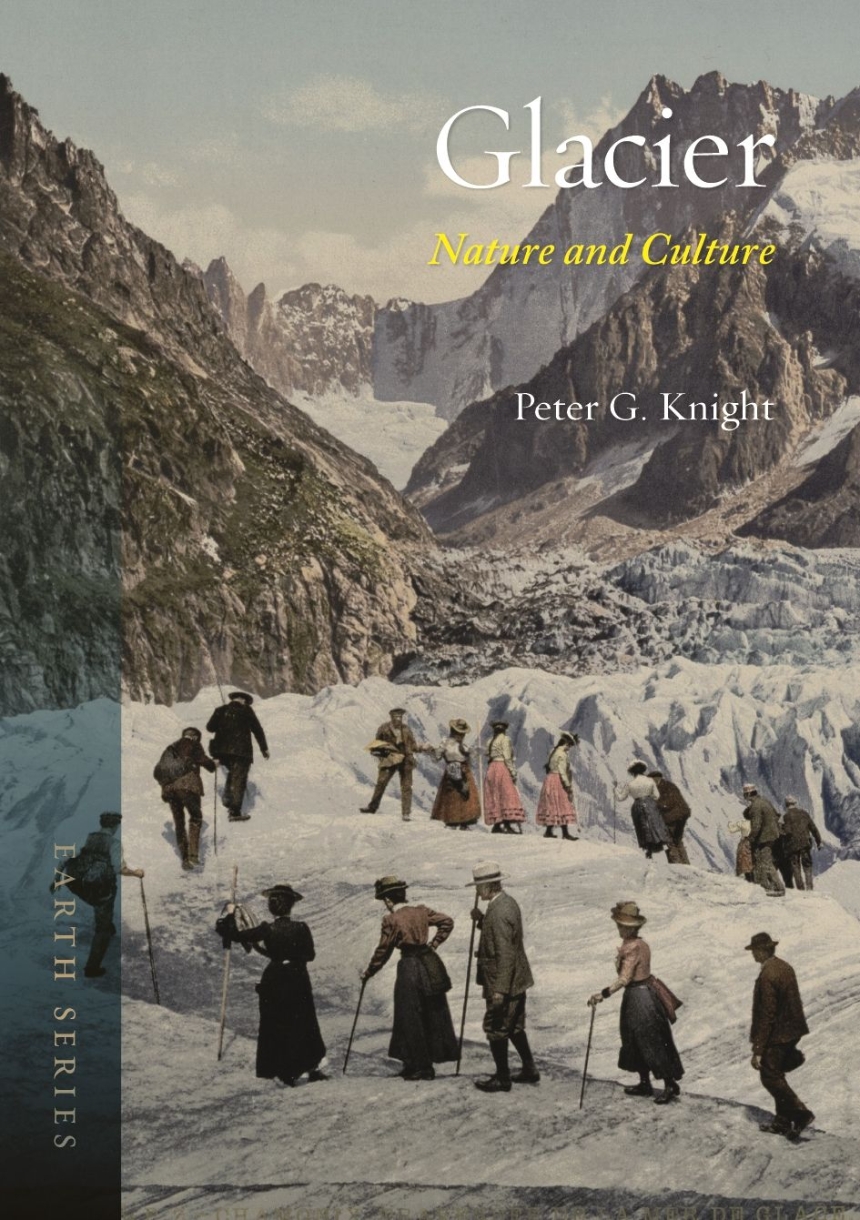As major actors in the unfolding drama of climate change, glaciers feature prominently in Earth’s past and its future. Wherever on the planet we live, glaciers affect each of us directly. They control the atmospheric and ocean circulations that drive the weather; they supply drinking and irrigation water to millions of people; and they protect us from catastrophic sea-level rise. The very existence of glaciers affects our view of the planet and of ourselves, but it is less than two hundred years since we first realized that ice ages come and go and that glaciers once covered much more of the planet’s surface than they do now.
An inspiration to artists and a challenge for engineers, glaciers mean different things to different people. Crossing the boundaries between art, environment, science, nature, and culture, this book considers glaciers from myriad perspectives, revealing their complexity, majesty, and importance—but also their fragility.
An inspiration to artists and a challenge for engineers, glaciers mean different things to different people. Crossing the boundaries between art, environment, science, nature, and culture, this book considers glaciers from myriad perspectives, revealing their complexity, majesty, and importance—but also their fragility.
224 pages | 80 color plates, 20 halftones | 5 3/4 x 8 1/4 | © 2019
Biological Sciences: Natural History

